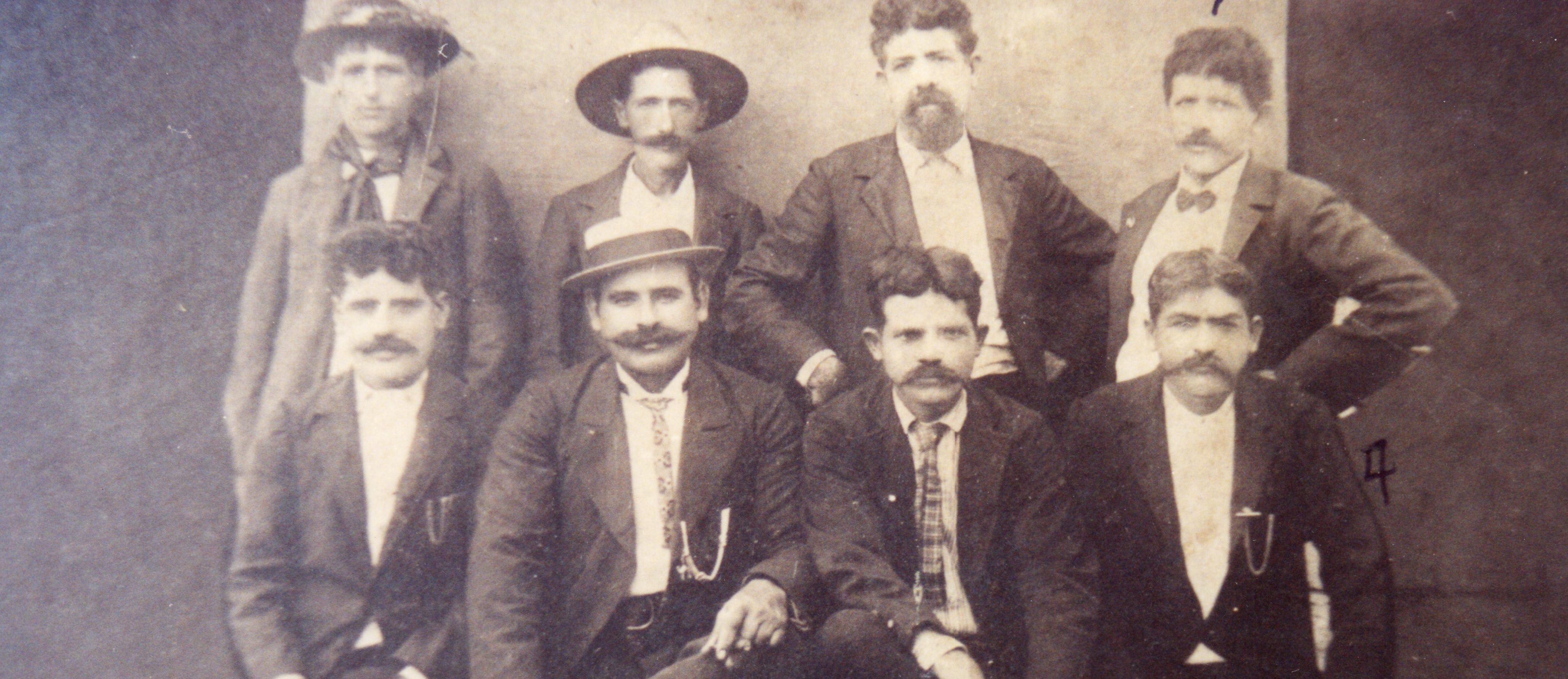Were your ancestors one of the many people from across the globe who worked on the Hawaiian Sugar Plantations? These jobs might have been in the field, mill, railway, office, or the plantation store. This is a look at the different jobs they may have performed.
Many Jobs to be Done on an Hawaiian Sugar Plantation
It’s easy to conjure up images of laborers working in the fields on a sugar plantation. Although field laborers made up a large part of the plantation system, people worked in a variety of positions filling the management, skilled, and unskilled jobs.
Those at the management level had such titles as Overseer, Foreman, Head Overseer, Luna, and Manager. The Portuguese were able to promote up to luna and held many of those positions. Luna’s weren’t exactly the most loved supervisors, but they were better paid than field laborers.
Underneath the management level were the skilled and unskilled positions. Some of them held higher status than others. Those requiring more skills earned higher pay were held in higher esteem by others within the system.
What Type of Work Did They Do in the Fields?
A field workers day started the same even though their tasks varied. Each morning they were separated into “gangs”. Each gang was lead by an overseer or luna to the sugar cane fields. A gang did one task and one task only all day long.
Women were out in the field along side the men, though many jobs were not available to them.
Pau Hana by Ronald Takaki gives an excellent view of life and labor on Hawaii’s sugar plantations.

Field laborers did everything from planting seeds to weeding to cutting cane. You’ve probably seen photos of the workers doing “hoe hana”, i.e. hoeing long rows for 10 hours a day. It was just one of many necessary jobs on the plantation.
Trains were vital to the sugar plantations. Plantations had their own railways that hauled cane from the fields to the mills.
Take the photo below, my great uncles, Jose Pacheco, Joao “John Cosma” Jacinto da Camara, and Manoel Pacheco were all locomotive engineers. I don’t know the background of this photo, but it was supposed to have been taken to mark the first single spur locomotive being run on a Hawaiian sugar plantation.
It occured on the Kilauea Sugar Plantations probably in the late 1880s.

Trains revolutionized plantation work. They made it a lot easier to get cane from the fields to the mills.
No matter what work you did “outdoors” on a plantation, it was backbreaking. Workers labored for long hours fighting the insects and hot sun. Overseers and lunas were relentless sometimes refusing to allow workers to stand up straight to get relief from their labor. We should all be thankful we don’t have to work in these conditions today!
A Quick Overview of the Process
Laborers did a variety of things depending on what season it was. To start with, fields were hoed, seeds were planted, and the fields were watered. The plants would be tended to as they grew. Laborers would do weeding, insect control, and rodent removal–though children were often hired for the latter task.
Once the cane ripened, harvesting began.
The 12-foot high stalks were cut down with machetes. Dry leaves were stripped from the stalks. The leaves were so sharp they cut through your skin.
The stalks were tied into bundles and loaded onto wagons or railroad cars to be taken to the mill.
Working in the Sugar Mill
Sugar cane was processed at the mill. It would be crushed. The juices were boiled into sugar and molasses.
Nothing was wasted during production. Even the sugar cane refuse was stored and later used as fuel for the mill furnaces.
Those working in the mills were able to work inside, but the conditions were just as intolerable. “Pau Hana” by Ronald Takaki (pg. 58) gives this description of what it was like to work in the mill “…its thundering machinery deafening and it’s heat terrible”.
Can you imagine working in that furnace with all that noise?

Mill workers worked in sweltering conditions with machinery including presses, boilers, and furnaces. Once electricity was installed, they worked in shifts around the clock.
It was dangerous work. The boiling vats had no covers. The machinery was constantly churning. Accidents occurred in the mill with terrible consequences.
Creating sugar from sugar cane was a precise business. If you’d like to know more about how cane became sugar in the early part of the sugar plantation era, please read my article Processing Sugar Cane in the 1860s.
Not All Plantation Jobs Were in the Field and Mills
Sugar plantations were tight communities and employed people in a variety of occupations. Some plantation employees worked in the offices. They held positions such as bookkeeper, secretary, clerk, and so forth.
Most plantations had their own store thereby keeping workers’ paychecks within the plantation system. The store was fully maintained and run by the plantation owner.

Let’s not forget the seamstresses! For example, women sewed the bags that held the sugar. Most likely they sewed everything needed within the operation.
All of these positions held the plantation together. Though some positions were not nearly as prestigious as others, each contributed to the success of the plantation. None was more important than the other. Without each the entire plantation would not have survived.
You can learn quite a bit about sugar plantation management from this book about George Wilcox, “Grove Farm Plantation”.

==========
Sources:
1. Hawaii Pono: a Social History, by Lawrence H. Fuchs. Harcourt, Brace, Jovanovich Publishers : New York, c1961.
2. Hawaii, a History: From Polynesian Kingdon to American State, by Ralph S. Kykendall and A. Grove Day. Prentice Hall : New Jersey, revised edition, c1976.
3. Pau Hana: Plantation Life and Labor in Hawaii, 1835-1920, by Ronald Takaki. University of Hawaii Press : Honolulu, HI, c1983.
© 2002-2017 Melody Lassalle
——







